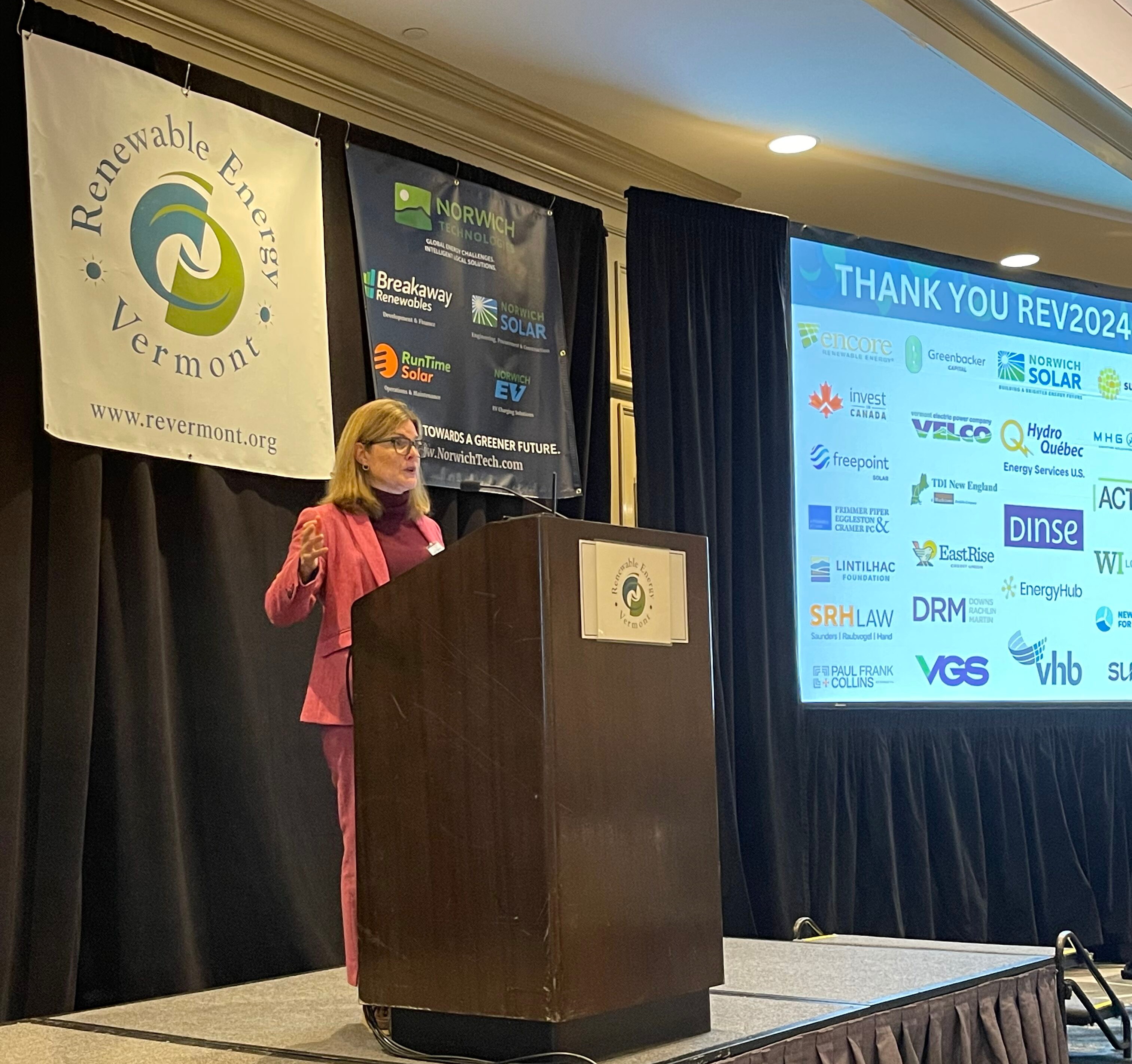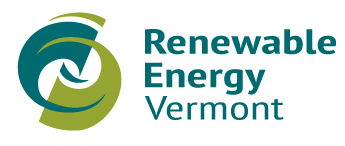 With renewables setting new milestones in efficiency and cost-effectiveness and the climate crisis intensifying, the urgent questions about the energy transition are less about what we need to do and more about how and how quickly we can get it done. In her REV2024 Keynote, former FERC Commissioner Allison Clements tackled one of the biggest potential stumbling blocks to rapid renewable growth – a federal energy regulatory framework that does not move at the pace of market change. Clements identified bold collaborations across potentially unlikely collaborators – an idea that proved to be a major theme at REV2024 – as the key to the path forward.
With renewables setting new milestones in efficiency and cost-effectiveness and the climate crisis intensifying, the urgent questions about the energy transition are less about what we need to do and more about how and how quickly we can get it done. In her REV2024 Keynote, former FERC Commissioner Allison Clements tackled one of the biggest potential stumbling blocks to rapid renewable growth – a federal energy regulatory framework that does not move at the pace of market change. Clements identified bold collaborations across potentially unlikely collaborators – an idea that proved to be a major theme at REV2024 – as the key to the path forward.
Clements emphasized that when it comes to the energy transition, the answer is ‘All of the above.’ We need more renewables, more transmission, more storage, improved demand-side management, and continued innovation. And we need it all quickly. In this context, Clements shared a set of solutions that she believes will be essential to integrating renewable energy on the scale required to address the climate crisis:
- Grid Enhancing Technologies (GETs): GETs – such as dynamic line ratings, power flow controls, and topology optimization – maximize the amount of power that can move across existing transmission infrastructure. These technologies can be implemented quickly, at comparatively low cost, and provide dramatic improvements in transmission capacity. They are the low-hanging fruit for integrating dramatically higher levels of renewable generation.
- Interconnection Reform: Interconnection is a well-known bottleneck for renewable deployment and falls under FERC’s purview. FERC took steps to improve the process in Order 2023, but this order alone will not solve the problems with the interconnection process. Additional FERC action to expedite interconnections is a medium-term solution to accelerating renewable deployment.
- Interregional Transmission Planning: New transmission projects are always difficult and time-consuming but also essential to the success of the energy transition. Integrational transmission planning would optimize the deployment of new transmission lines, ensuring the greatest benefit from the projects that are built. FERC has yet to take on interregional planning.
- Permitting Reform: Clements described the Energy Permitting Reform Act of 2024 championed by Senators Manchin and Barrasso as a bill that would significantly improve the process of permitting transmission and renewable projects. While the bill is a compromise, Clements said that it was essential legislation.
Unfortunately, several factors make implementing these solutions quickly challenging. Developing and issuing FERC Orders is a multi-year process even before the ISOs develop their own implementation proposals and all legal challenges are resolved. Regulatory inertia makes rapid change difficult. Political capture by the oil and gas industries is also a barrier and it is difficult to disrupt large incumbent utilities in such a highly regulated environment. The bottom line is that it is incredibly challenging to put rules in place that keep up with the direction that markets are moving.
Despite these challenges, Clements remains optimistic, believing that there are opportunities for bold collaborations that can help move the ball forward. Utilities are facing their own challenges from load growth and climate change, opening the door for a comprises that see utilities investing heavily in GETs in exchange for federal action to support big transmission projects. With utilities and regulators aligned to advance GETs and transmission, the path forward for integrating high-penetration renewable energy would become much smoother.
